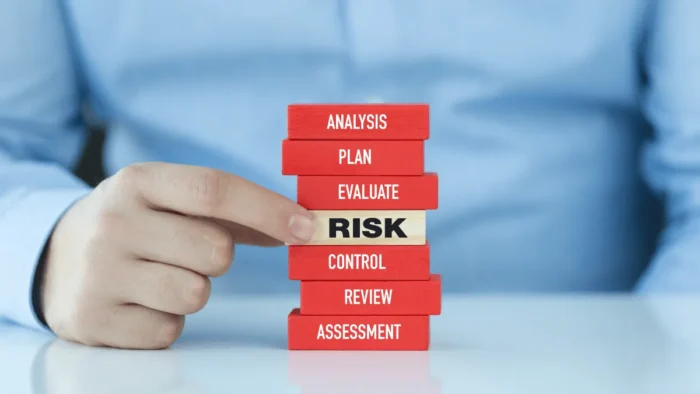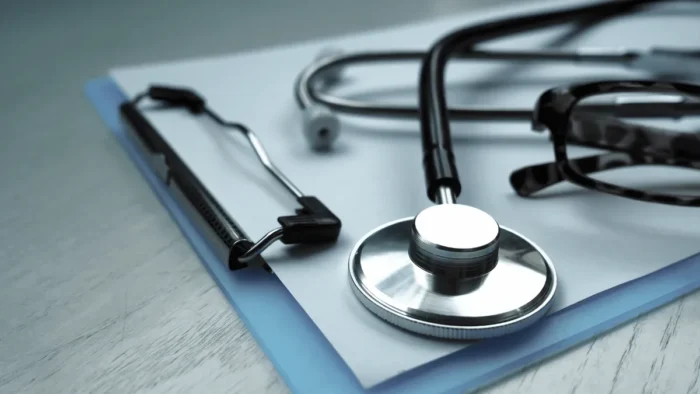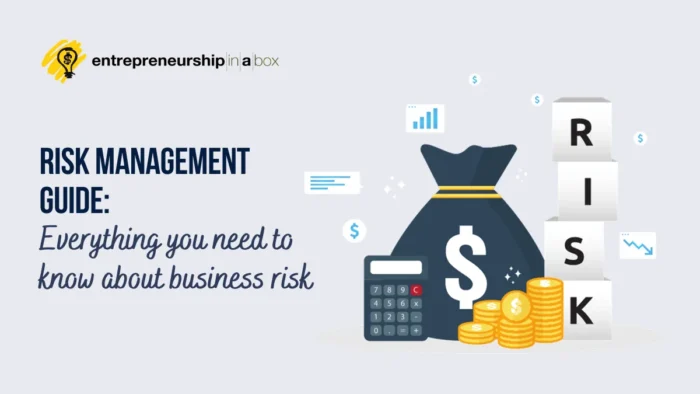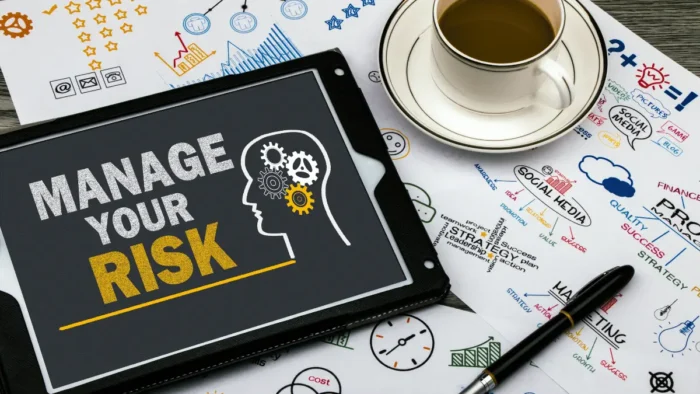If you are a healthcare practitioner or policymaker, you will know the focus on risk management within healthcare companies and industries. Today, we will explain why prioritizing risk management is crucial and discuss some simple but effective strategies.
The first step is to identify the most significant risks in healthcare, such as patient falls and infections. Then, institutions must implement risk management strategies, such as fall alarms and hygiene protocols, to reduce these risks. These protocols are essential for improving patient well-being and lowering risks of liability claims.
We will leave you with a note on the importance of continued education and training for all practitioners to ensure they are up-to-date on risk management systems.
What are the Biggest Risks in Healthcare?
Some of the most significant risks in healthcare are directly related to patient well-being, for instance, patients falling, medication errors, and infections. On top of that, there are risks of communication breakdowns between staff, equipment breakdowns, and diagnostic errors. All physicians and other employees in healthcare centers must be aware of these risks and understand the protocols in place to minimize them.
Stringent rules and systems should be in place to prevent these significant risks. For example, all patients should be transported in wheelchairs in hospitals and other health centers, even if they can walk. Let’s explore some more risk management strategies to keep risks at bay in healthcare settings.
Some Important Risk Management Strategies
Hospitals employ various risk management strategies to enhance patient safety, ensure regulatory compliance, and protect the organization from potential liabilities. Implementing comprehensive patient safety initiatives is a crucial element of risk management. This includes strategies to prevent falls, infections, medication errors, and other adverse events. There are fall risk management systems for hospitals that help staff to monitor, manage, and reduce patient falls. Beyond this, all hospitals have basic diagnostic and hygiene protocols that are obligatory and prevent errors from being made.
It is also essential to encourage a culture of open communication between all staff to avoid miscommunications. While hospital hierarchies exist, it is vital that all clinicians feel comfortable sharing information and opinions, even with their superiors, to keep everyone on the same page for maximized patient well-being. Hospitals should ensure all staff are comfortable reporting adverse events or near misses so that there is an official record of every event within the hospital’s walls. This prevents further errors and is essential for liability claims.
Related: Risk Management Guide: What You Need to Know About Business Risk
Why is Prioritizing Risk Management Crucial in Healthcare?
Risk management is essential in hospitals and other health centers to ensure patient safety and quality healthcare and avoid legal complications. When an error is made in a hospital, patients or their families can sue for medical negligence or recklessness, so it is incredibly important for all practitioners to be aware of strict risk management processes. Moreover, hospitals must reduce risks by continually adapting and improving risk management protocols as issues unfold.
Addressing legal and regulatory compliance reduces liability, supports financial stability, and improves the institution’s reputation. Effective risk management contributes to a sense of public trust and institutional transparency, preparing healthcare businesses for emergencies and unforeseen challenges. A comprehensive risk management strategy is vital for success and continued excellence in healthcare institutions.

Staff Training and Risk Awareness
Regular training and education programs for healthcare professionals ensure that they are familiar with and stick to risk management protocols. By prioritizing continued training and education of all staff members in risk management, hospitals and other healthcare centers can reduce incidences of patient injury and human error. Continued education is one of the main factors in maintaining an effective, modern, and effective workforce.
All healthcare businesses should implement regular staff training events, regularly review protocols, and incentivize staff to take in-house risk awareness courses by offering them opportunities to advance within the institution as risk management-trained team leaders.
Conclusion
We have explored why prioritizing risk management is crucial for healthcare businesses, focusing on patient well-being and avoiding legal repercussions. Risk management focuses on preventing medical errors, standardizing protocols, and promoting continuous improvement. Some of the most significant risks in healthcare include patient falls, medication errors, and communication breakdown among staff.
So, it’s essential for all healthcare institutions to implement stringent protocols for fall risk management, diagnosis, and practitioner communication. These risk management strategies can save lives, improve the hospital’s reputation, and prevent liability suits. Continued staff training and risk awareness education are great ways to reduce risks in healthcare settings and ensure staff practice at the top of their game.





